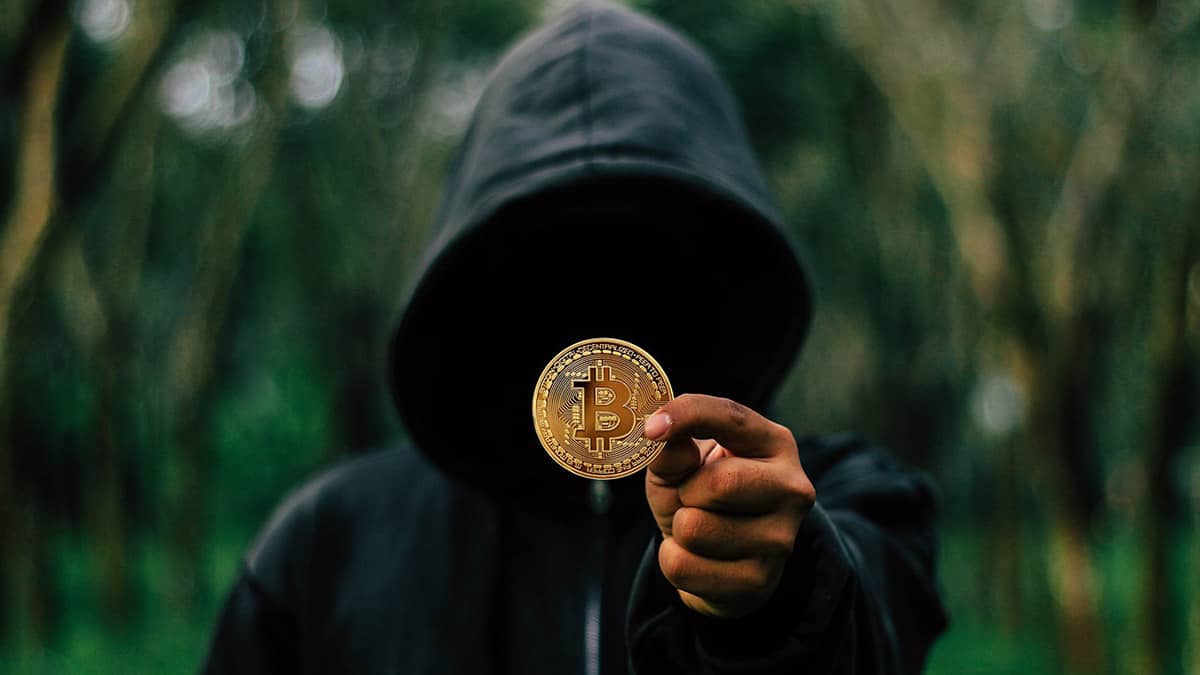
Hal Finney
Hal Finney: Cryptography Pioneer and Early Bitcoin Recipient
Harold "Hal" Finney (1956–2014) was a highly respected American computer scientist and a pioneering cryptographer, celebrated within the Blockchain community as one of the earliest and most crucial contributors to Bitcoin. He was famously the recipient of the first-ever Bitcoin transaction from its pseudonymous creator, Satoshi Nakamoto. Finney's long career was dedicated to advancing Cryptography and digital privacy, making him a foundational figure in both applied cryptography and the history of cryptocurrency.
"Bitcoin seems to be a very promising idea. I like the idea of basing security on the assumption that the CPU power of honest participants outweighs that of the attacker." – Hal Finney (Early comment on Bitcoin)
Early Life, Education, and Cryptography Career
Born in California in 1956, Hal Finney graduated from the California Institute of Technology (Caltech) in 1979 with a BS in Engineering. He quickly became involved in computer game development before focusing deeply on cryptography and privacy-enhancing technologies.
- Pretty Good Privacy (PGP): Finney was one of the earliest hires at PGP Corporation, working closely with Phil Zimmermann. He made significant contributions to the development of PGP, one of the most widely adopted standards for email encryption, demonstrating his expertise in applied cryptography.
- Cypherpunk Movement: Finney was an active participant in the Cypherpunk mailing list discussions during the 1990s, engaging with other pioneers exploring cryptography as a tool for individual empowerment, privacy, and social change.
- Reusable Proof-of-Work (RPOW): In 2004, demonstrating his continued interest in concepts related to digital cash, Finney created RPOW. This system allowed users to generate computationally expensive Proof-of-Work tokens (Hashcash-based) which could then be securely transferred or "reused" between users as a form of digital token. RPOW is considered a significant early milestone and precursor concept on the path towards Bitcoin.
Engagement with Bitcoin (2009 Onwards)
Hal Finney was among the very first people to recognize the potential of Bitcoin immediately following its announcement by Satoshi Nakamoto in late 2008 and its software release in early 2009.
- Early Adopter and Contributor: Finney downloaded the Bitcoin software on the day it was released (January 9, 2009). He became the first person other than Satoshi Nakamoto known to run the software, mining block 78 and providing crucial early feedback, bug reports, and suggested improvements via email correspondence with Satoshi and on public forums like the BitcoinTalk forum.
- Recipient of the First Bitcoin Transaction: On January 12, 2009, Finney received 10 BTC directly from Satoshi Nakamoto. This transaction, recorded in Block 170, is historically significant as the first confirmed peer-to-peer transfer of value on the Bitcoin network, proving the system's basic functionality.
- View: First Bitcoin Transaction
- Finney's Receiving Address: 1Q2TWHE3GMdB6BZKafqwxXtWAWgFt5Jvm3

Later Life, Illness, and Continued Advocacy
In August 2009, Hal Finney was diagnosed with Amyotrophic Lateral Sclerosis (ALS), a progressive neurodegenerative disease also known as Lou Gehrig's disease. Despite the devastating diagnosis and his gradually deteriorating physical condition, Finney remained intellectually sharp and engaged with the Bitcoin project and the broader cryptography community. He continued to write code, share ideas, and contribute to discussions online for several years, even as his illness progressed. His final post on the BitcoinTalk forum, titled "Bitcoin and Me," recounted his early involvement and expressed continued optimism about Bitcoin's future, serving as an inspiration to many.
Reflecting his long-term belief in technology and future possibilities, Finney chose to have his body cryopreserved by the Alcor Life Extension Foundation after his death on August 28, 2014.
Legacy and Influence
Hal Finney's legacy in the world of digital technology is immense:
- Cryptography Pioneer: His contributions to PGP and his creation of RPOW were significant advancements in applied cryptography and digital cash concepts.
- Bitcoin's First Advocate: His immediate recognition of Bitcoin's importance, his technical contributions in its earliest days, and his respected status within the cryptography community lent crucial early credibility to the project.
- Champion of Privacy: Throughout his career, Finney consistently advocated for the use of cryptographic tools to protect individual privacy and freedom, embodying the core tenets of the cypherpunk movement.
"The computer can be used as a tool to liberate and protect people, rather than to control them." - Hal Finney
- The Satoshi Question: Due to his deep technical skills, early involvement, cypherpunk background, and geographic proximity to Dorian Nakamoto (another individual mistakenly identified as Satoshi), Finney remains one of the most frequently speculated candidates for being Satoshi Nakamoto, or part of a group operating under that pseudonym. Finney consistently and credibly denied being Satoshi during his lifetime, and no definitive evidence has ever emerged to prove otherwise. Regardless, his close connection to Bitcoin's origins is undeniable.

Hal Finney is remembered with profound respect within the Cryptocurrency community not just for his technical brilliance but also for his humility, optimism, and unwavering commitment to using technology for individual empowerment and privacy.
Conclusion
Hal Finney was a pivotal figure whose career spanned critical developments in modern cryptography and the birth of Bitcoin. From his foundational work on PGP encryption to creating the innovative Reusable Proof-of-Work system and becoming Bitcoin's first transaction recipient and crucial early contributor, Finney's technical expertise and principled advocacy for privacy left an indelible mark. Though his life was tragically cut short by ALS, his legacy endures through the technologies he helped build and the cypherpunk ideals he championed, continuing to inspire those working towards a more decentralized and privacy-preserving digital future.

